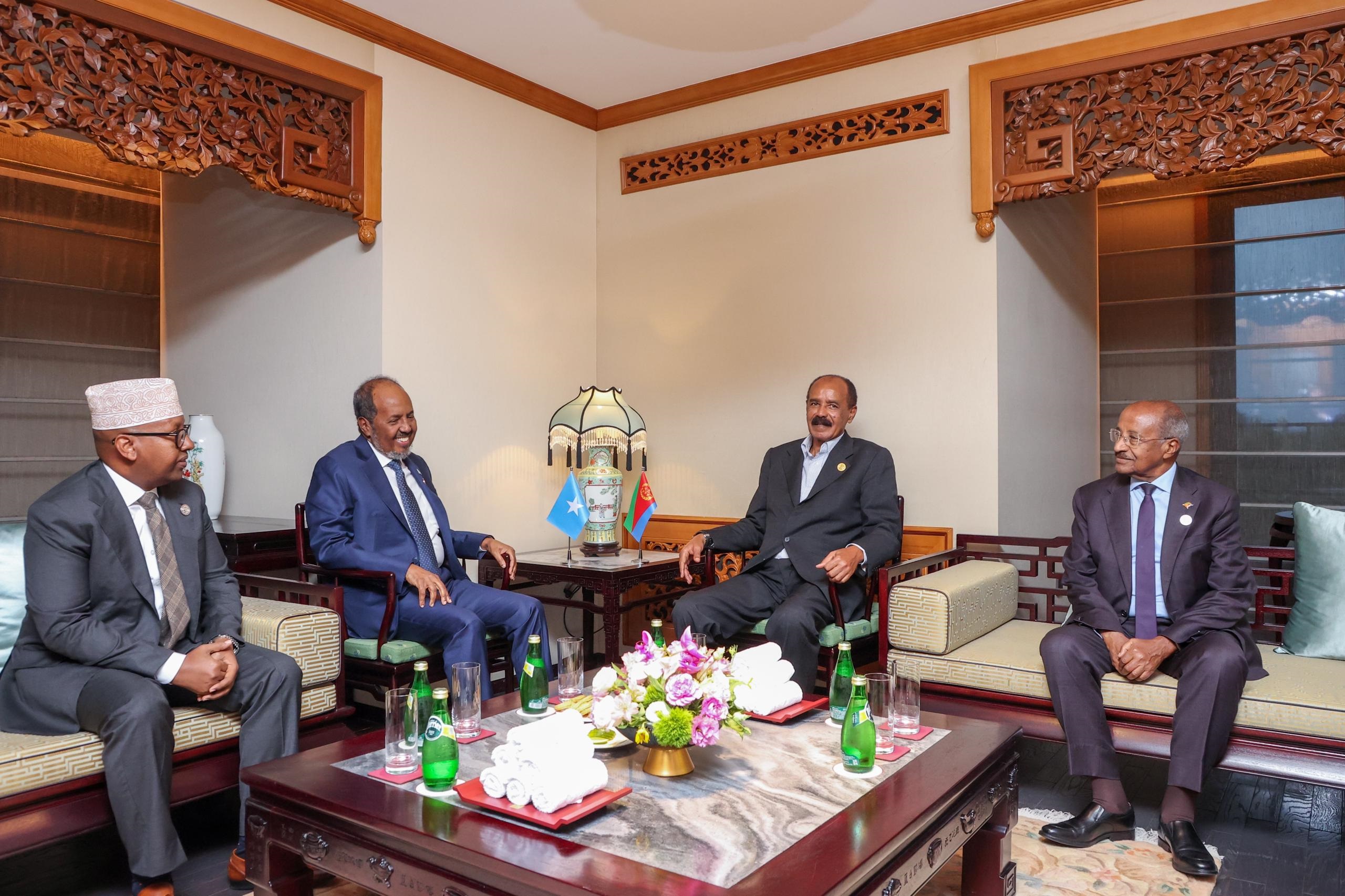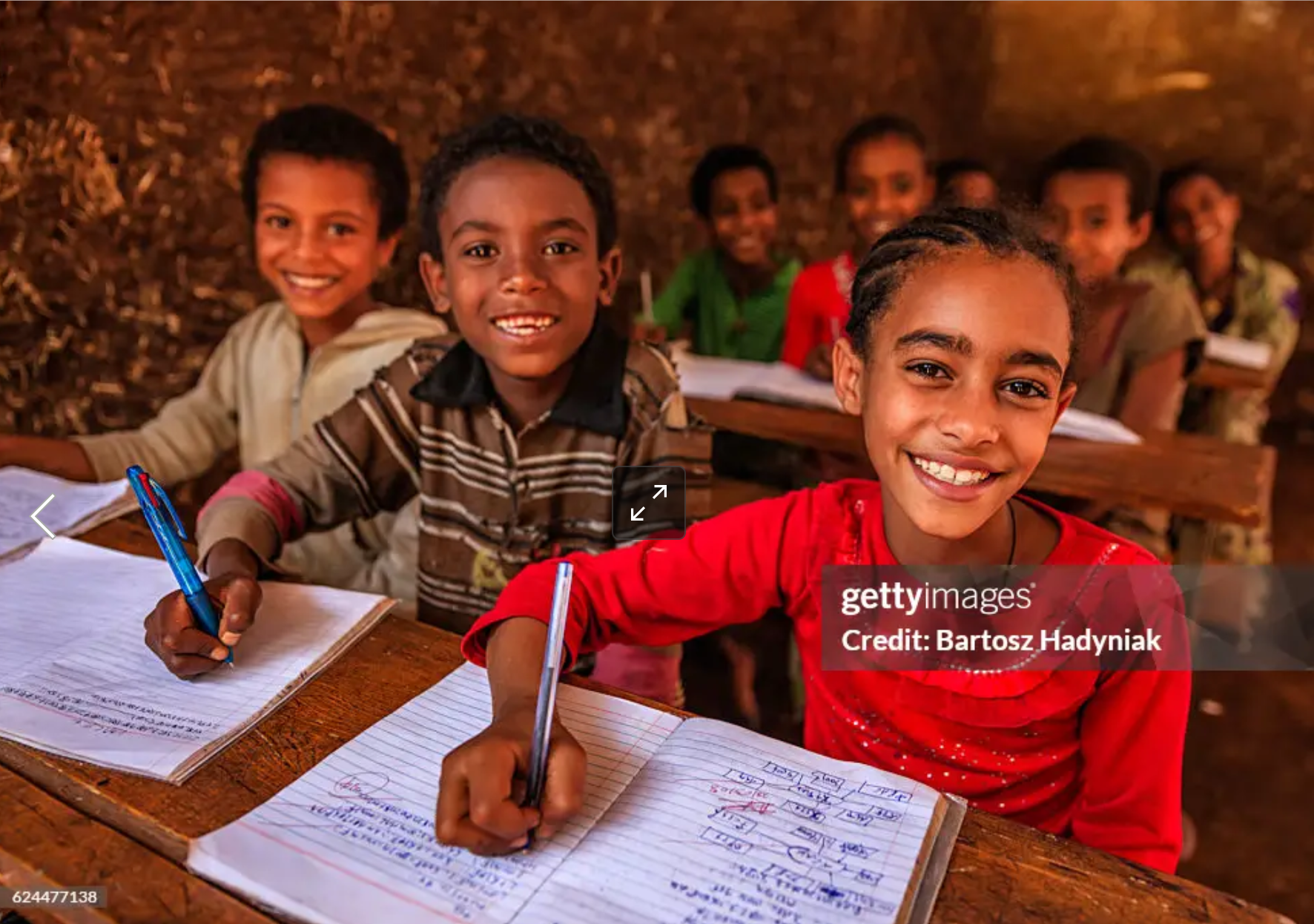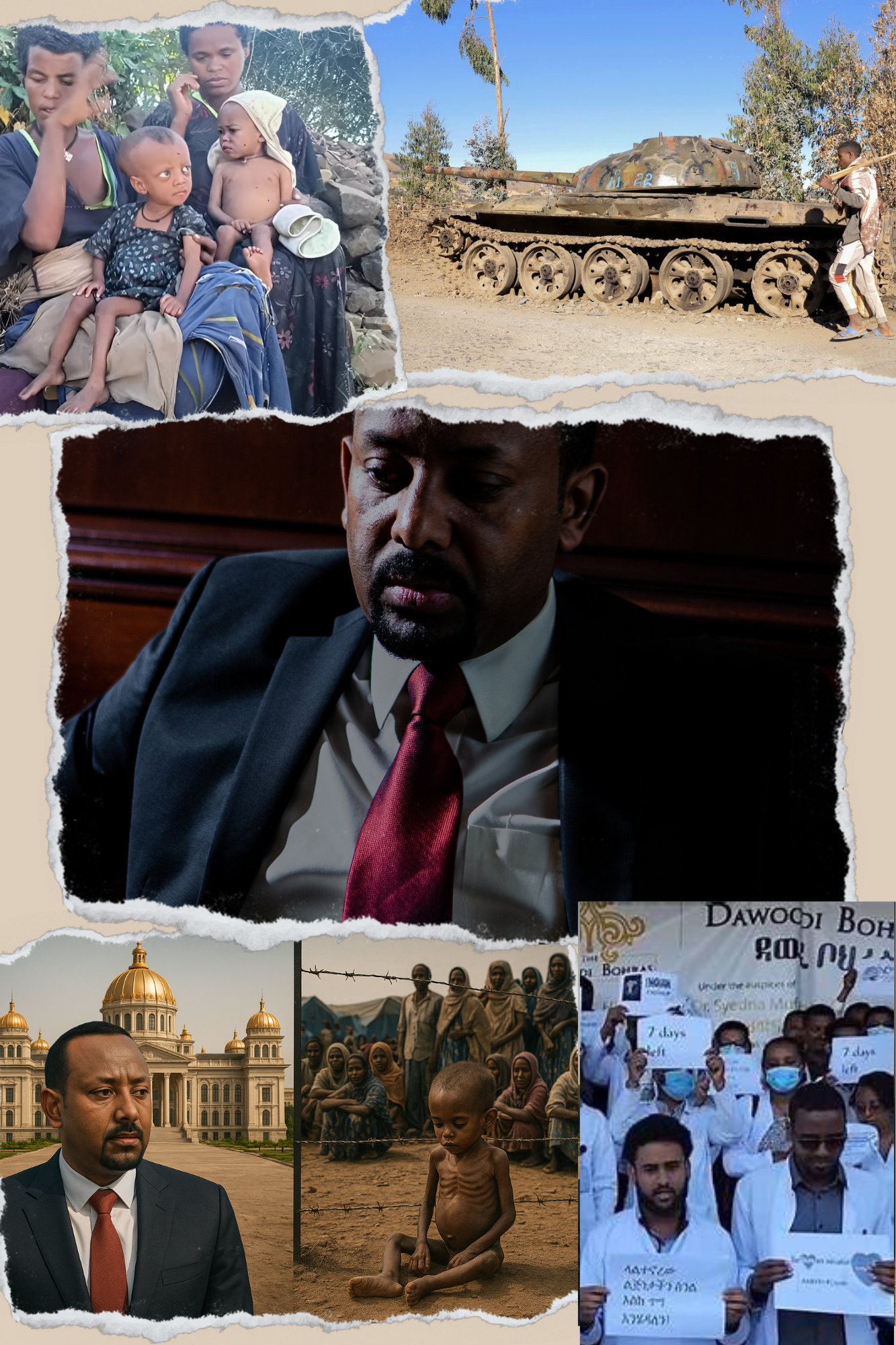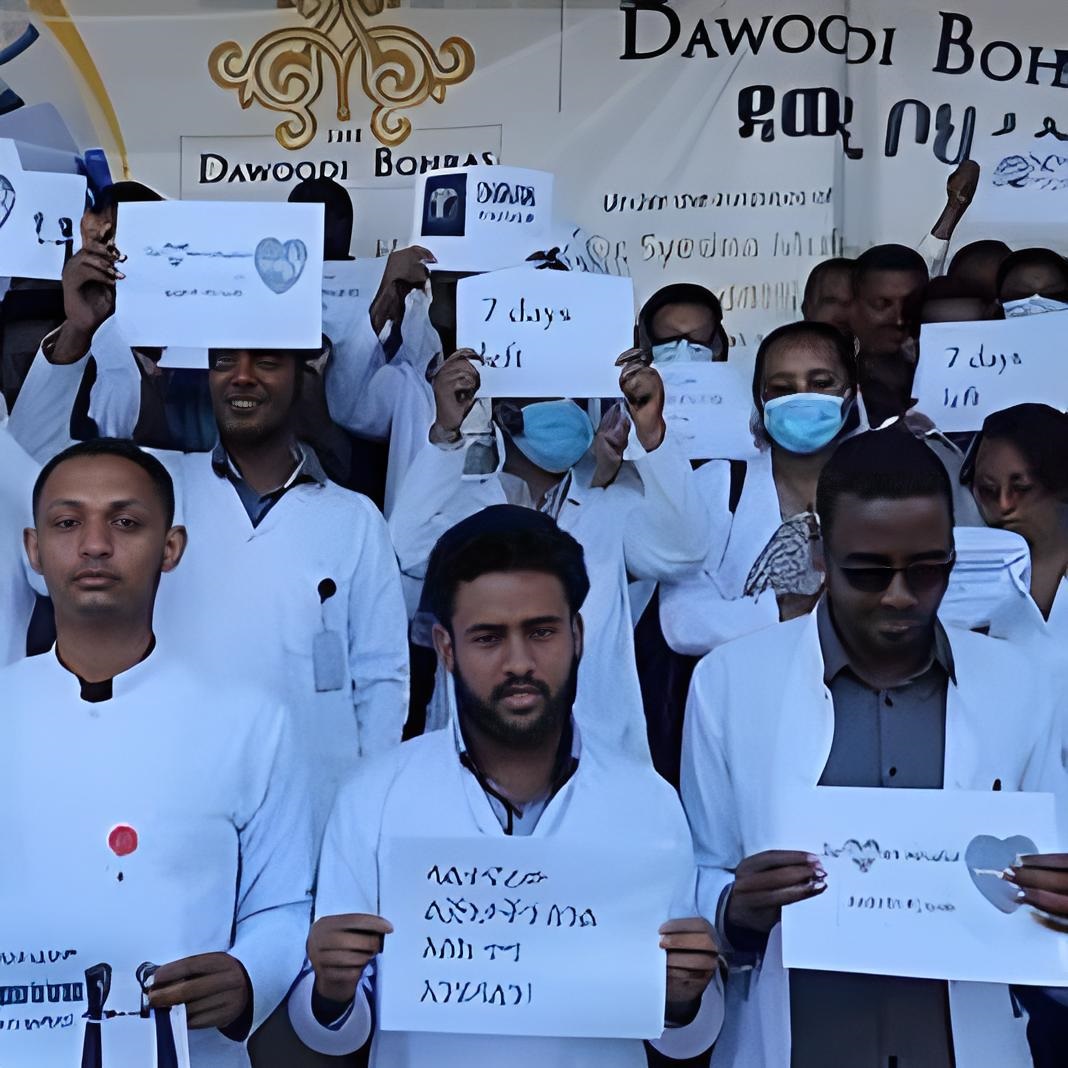Eritrea-Somalia: Over a Century Tale of Solidarity, Engagement and Compassion

|
Getting your Trinity Audio player ready...
|
Somalia’s President Hassan Sheikh Mohamoud (HSM) has visited Eritrea three times since coming to power in May 2022, with his latest trip occurring in March following the signing of the MoU between Ethiopia and Somaliland. One of his election priorities has been to repatriate Somali military trainees who were sent to Eritrea by his predecessor, President Mohamed Abdullahi Farmaajo. Farmaajo enjoyed cordial relations with Eritrea’s President Isaias Afwerki and Ethiopia’s Prime Minister Abiy Ahmed, who, at the time, shared a vision for an integrated Horn of Africa of more centralized states.
Hassan was highly critical of the alliance involving the three countries warning that Somalia needed to “strengthen its democratic institutions before it seeks closer ties with its neighbors.” This alliance led to the brutal two-year Tigray war when Afwerki and Abiy sent troops into the northern region. Mogadishu’s involvement was minimal, and no evidence has thus far emerged proving Somali involvement. The conditions of the Somali trainees in Eritrea were also not made public despite persistent calls from their parents, creating a public impression that they were effectively hostages of the Eritrean regime.
HSM’s first visit was six months after he was inaugurated. During his visit the Somali trainees were seen in public for the first time, where he met them unaccompanied by his delegation. The trainees were strictly told not to make any complaint about the hardship they faced during the training. During his second visit he was able to return the Somali trainees back home. Some of the trainees had died due to poor nutrition and poor health services and some died due to “natural causes”. The forceful re-insertion of Eritrea into the Somali political matrix is an opportunity to look back at the shared histories of the two countries.
The historical connection between Eritrea and Somalia dates back to the era of Italian colonialism when Eritrea and southern Somalia were under Italian rule. This connection was manifested in various ways, such as the deployment of Eritrean troops in Somalia and vice versa, leading to some settling permanently in each other’s territories. A notable example of this intertwining history is the Somali Quarter in Akhria, Asmara, Eritrea’s capital, evidencing the deep-rooted ties between the two communities. These connections were further revitalised during the period of liberation struggles, highlighting a century-long relationship that encompassed diplomatic efforts, intelligence sharing, and significant political interactions.
A notable incident in this relationship occurred in the 1980s involving Isaias Afwerki, then chairman of the Eritrean People’s Liberation Front (EPLF). During one of his frequent visits to Mogadishu, Afwerki, under the alias Suleiman Ismael Hirsi and using a Somali diplomatic passport, sought assistance from Yemane Teklegiogish, the EPLF security chief, to obtain an Italian visa. The Italian consul, eager to facilitate Afwerki’s visit, promptly issued the visa without thorough verification. However, the consul later realised that he had been deceived and expressed his frustration to Teklegiogish upon discovering that the visa was not intended for Isaias Afwerki himself. Teklegiogish had to confirm that Suleiman Ismael Hirsi was indeed Isaias Afwerki.
In 1960, shortly after the formation of the Eritrean Liberation Front (ELF) in Cairo, chairman Idris Mohammed Adem and supreme council member Osman Sabbe embarked on an extensive diplomatic tour, which included a significant visit to Somalia. This visit occurred just five months after Somalia gained independence, with Adem presenting a memorandum on behalf of the Eritrean people to the Somali prime minister, Abdirashid Ali Shermarke, while Aden Abdullah Osman served as president of Somalia.
In the memorandum, Adem outlined six requests to the Somali government. These included the establishment of a political office in Mogadishu for conducting political activities, the initiation of radio broadcasts in Arabic and Tigrinya, the issuance of Somali passports to Eritrean students for overseas studies, and opportunities for Eritrean youth to train in Somali military institutions.
About a month after this proposal, the Somali government authorised the establishment of the Eritreo-Somalia Friendship Association (ESFS) in Somalia, marking the first such ‘cover association’ for Eritreans in the country. Furthermore, the Somali government permitted Eritreans to hold Somali passports for many years. Among the first recipients of the diplomatic passports were Idris Mohammed Adem and Osman Sabbe, bearing passport numbers 252 and 253, respectively. Additionally, many Eritreans were issued ordinary Somali passports.
While a radio program was launched in response to the requests, there is no detailed information regarding the fulfilment of the other demands. I was a regular listener to the Arabic version, which began with, ‘Halkena Wa Radio Mogadishu, codka jemhuria demoktratia Somalia’. We eagerly awaited the 15-minute broadcast. The primary purpose of the ESFS was to promote the Eritrean cause globally, highlighting the depth of diplomatic and supportive relations between Eritrea and Somalia during this critical period in Eritrean history.
Post-1970, the Eritrean Liberation Front (ELF) underwent a division into three factions. In a significant turn of events in 1981, a combined offensive by the Eritrean People’s Liberation Front (EPLF) and the Tigray People’s Liberation Front (TPLF) forced the ELF into exile in Sudan.
Throughout this tumultuous period, Somalia, under the military regime of Siad Barre, played a pivotal role in maintaining consistent relations with all factions of the Eritrean liberation movement. Despite Somalia’s attempts to foster unity among these groups, efforts were largely unsuccessful, partly due to the EPLF’s reluctance to merge with the ELF.
Somalia’s unwavering stance on supporting the Eritrean cause was unique; it consistently backed the Eritrean revolution without showing preferential treatment towards any specific movement within the struggle. This approach included maintaining positive relations with both the ELF and the EPLF.
In a notable development in 1983 after Ethiopia thwarted Somalia’s 1977 invasion, the EPLF appointed Yemane Teklegergish (nom de guerre Ibrahim) as its first external intelligence officer in Somalia, a position he held until 1988 before leaving the organisation. Teklegergish’s experiences during this period are detailed in his 2017 book, My Experience with the EPLF, written in Tigrinya and published in two volumes. His primary contact in Somalia was Colonel Bashir, the head of military intelligence, while General Mohamed Ali Sametar held the roles of vice president and minister of defence. The primary mission of this diplomatic endeavour was to facilitate intelligence exchange between Eritreans and Somalia, which also involved sending Eritrean fighters to Somalia for training purposes. The EPLF intercepted and deciphered codes regarding Ethiopian troop movements along the border and shared this information with Somalia’s army. This cooperation proved beneficial to both sides.
During his tenure in Somalia from 1983 to 1988, Yemane Teklegergish oversaw frequent visits by Isaias Afwerki and other EPLF leaders to Mogadishu, averaging one to two visits annually. Isaias often stayed for extended periods of up to two months, accommodated in a suite at Hotel Juba, one of the city’s finest hotels, with expenses covered by the Somali government. This arrangement also included a Mercedes car and a driver for Isaias’ transportation needs in Mogadishu.
A significant episode during this period occurred in 1986 when the EPLF dispatched a group of 14 elite commando fighters to Mogadishu. Their mission was to infiltrate Dire Dawa in Ethiopia from Somalia, with the aim of attacking the airport and destroying planes, following a successful EPLF operation at Asmara airport. Isaias Afwerki and Petros Solomon arrived in Mogadishu around the time of the commando unit’s deployment.
The mission was sanctioned by Siad Barre and General Mohamed Ali Samatar. In Hargeisa, the fighters coordinated with General Mohamed Siad Hirsi (Morgan) during their infiltration of the Ethiopian border. However, the mission was unsuccessful and ultimately abandoned.
The dynamics between Eritrea and Somalia shifted post-1991. At that time, Eritrea became a state while Somalia disintegrated. Both countries had to wait 32 years for a senior Somali ambassador, Omar Idris, to be assigned to Eritrea. Following the amicable relations between Isaias Afwerki and Meles Zenawi after Eritrea’s liberation, an Eritrean was designated as a joint envoy to Somalia. The envoy’s task was to analyse Somali tribal dynamics and propose strategies for unification. One of the recommendations was to support Farah Aidid, leading to both Eritrea and Ethiopia initially backing him to gain influence in Somalia.
However, Aidid eventually eluded their control. The situation further evolved after the 1998 border conflict between Eritrea and Ethiopia, resulting in divergent and opposing strategies in Somalia by the two countries. The 1998 border conflict between Ethiopia and Eritrea put them on a hostile footing triggering a battle for regional supremacy. Somalia has been one of the key theatres in that contest and Eritrea’s has been more ambivalent since the 2000s.
During the proxy war between the TPLF and Eritrea, the regime held a meeting of Somali opposition groups where they formed the ‘Alliance for the Liberation of Somalia in 2007’ in Asmara. Eritrea was also accused of supporting al-Shabaab, for which it was sanctioned by both the UN and the US, which Afwerki vehemently denied. Ethiopia, on the other hand, developed ties with Somalia’s federal states, central government and Somaliland becoming an indispensable actor in the Somali political landscape.
Led by the TPLF, Ethiopia cultivated ties with the US during the so-called War on Terror, emerging as a regional hegemon and isolating Eritrea. After the TPLF was ousted from power, Isaias supported Abiy Ahmed’s bid to eliminate the party as a political and military force but felt betrayed when Abiy later agreed to a peace deal with them in South Africa. Ties between Asmara and Addis Ababa, the key fulcrum on which Somalia-Eritrea ties have historically pivoted, are now frosty.
Eritrea’s current Somalia policy appears focused on developing ties with Somalia as both their relationships with Ethiopia deteriorate. The memorandum Abiy signed in January with Somaliland’s President Muse Bihi has led Somalia’s relations with Ethiopia to a nadir unseen since the re-emergence of the Somali state in the 2000s. HSM’s frequent visits operate in a broader context of Asmara and Mogadishu seeking ways to balance their relations with their larger neighbor.
Editorial Note:
This opinion piece by Mohamed Kheir Omer, an African-Norwegian researcher and writer based in Oslo, Norway, was originally published on Geeska (The Horn) (https://www.geeska.com/en/eritrea-somalia-over-century-tale-solidarity-engagement-and-compassion) . Mohamed Kheir Omer, a former member of the Eritrean Liberation Front (ELF), and East African Review have mutually agreed to republish the article to extend its reach and contribute to ongoing discussions on key issues affecting the region.
Editor’s Note: The views expressed in articles published by East African Review are those of the individual authors and do not necessarily represent the perspectives of the editorial team or East African Review as an organization. The publication of any opinion piece does not imply endorsement by East African Review. We encourage our readers to critically assess the content and form their own opinions. We welcome your feedback and reflections; please share them in the comments below or email us at [email protected]




